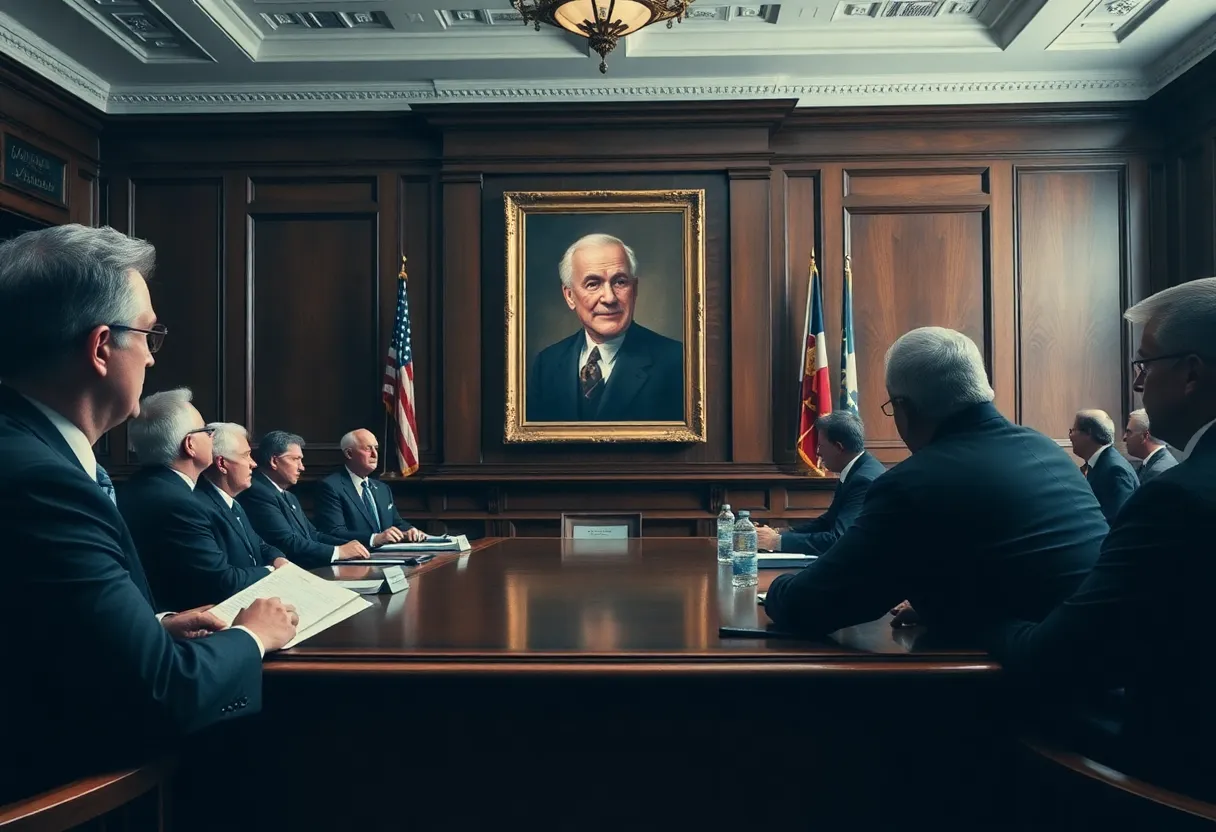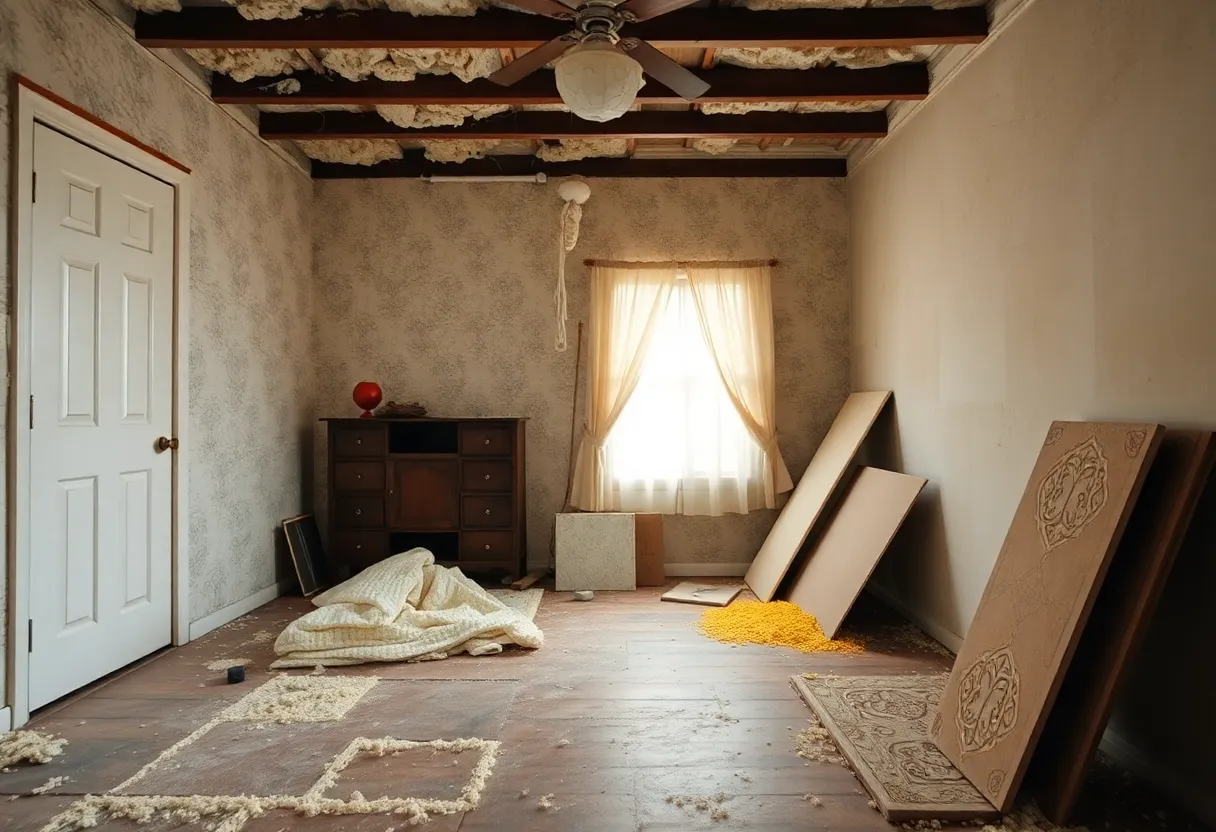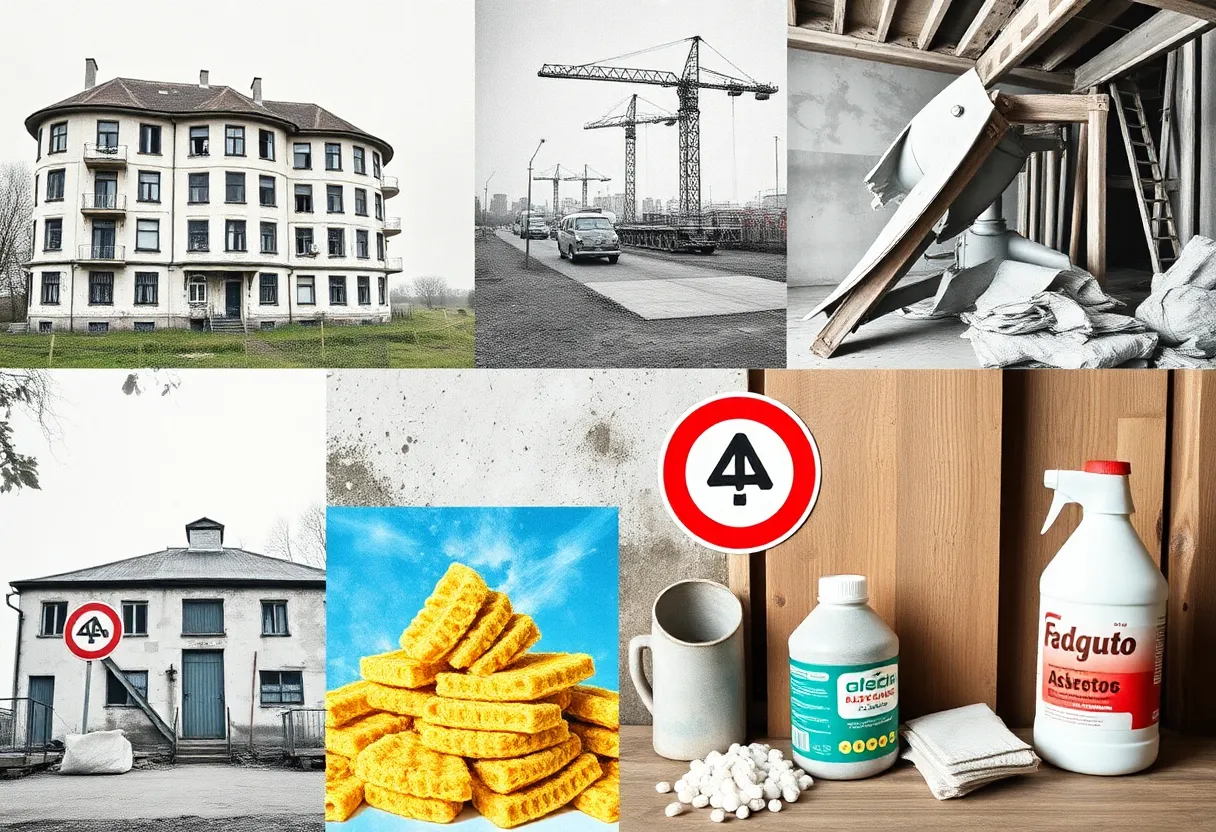News Summary
Explore the historical and modern implications of asbestos litigation, focusing on Clarence Borel’s legacy and current corporate challenges.
Asbestos Legal Battles: From Clarence Borel to Current Cases
In the realm of asbestos litigation, few stories resonate with historical significance like that of Clarence Borel. He was hailed as the first individual in the United States to take a stand against the pervasive dangers of asbestos by filing a lawsuit against industry giants. The repercussions of his courageous act continue to echo through today’s legal landscape as the fight for justice persists.
The Legacy of Clarence Borel
Born and raised in Groves, Texas, Borel was a dedicated union worker, laboring diligently as an insulator in nearby refineries and shipyards. His hard work, however, came at a steep cost. In 1969, Borel received the devastating diagnosis of pulmonary asbestosis and mesothelioma, a terminal form of lung cancer linked to asbestos exposure. Aware of the dangers of the materials he worked with, he sought legal recourse against the manufacturers responsible for his suffering.
On October 20, 1969, attorney Ward Stephenson launched a groundbreaking lawsuit in Judge Joe Fisher’s court in the Eastern District of Texas. It was a $1 million claim against Fibreboard Paper Products Corporation, Johns-Manville Products Corporation, and nine other major asbestos manufacturers. The lawsuit charged these companies with negligence and breach of warranty, setting a legal precedent by being the first litigation in the U.S. to invoke strict liability under Section 402A of the Restatement of the Law of Torts, deeming their products unreasonably dangerous without adequate warnings.
Tragically, Clarence Borel passed away just months later, on June 3, 1970. Yet, his fight lived on through his wife, Thelma Borel, who became the custodian of the case that sought justice not just for her husband but for countless others who suffered similar fates. The outcome was a mixed bag; while the jury found Borel guilty of contributory negligence, they also ruled the manufacturers strictly liable for his injuries, granting total damages of $79,436, subsequently reduced to $58,534 due to prior settlements.
After a lengthy appeals process, the U.S. Supreme Court eventually shut down the asbestos companies’ attempt to avoid liability, solidifying Borel’s legacy as a turning point in asbestos litigation history.
Modern-Day Legal Implications
Fast forward to the present day, the legacy of Clarence Borel remains alive as new legal challenges emerge, especially concerning companies associated with asbestos and talc products. Barretts Minerals Inc., currently embroiled in its own Chapter 11 bankruptcy proceedings, is at the center of scrutiny regarding its talc mining practices. Mined in Montana, the legal debates center around whether the talc contained enough asbestos to pose a serious health threat, including mesothelioma.
Barretts Minerals filed for bankruptcy in 2023 amidst a wave of lawsuits claiming its talc products contained hazardous levels of asbestos. Despite widespread claims that this bankruptcy is merely a shield to protect its parent company, Minerals Technologies Inc., Barretts continues its legal battles in the courts. With a contentious bankruptcy plan under review, the company seeks to resolve current and future asbestos-related claims, while critics argue that it is abusing the system to evade responsibilities.
The implications are significant, not just for Barretts but potentially for plaintiffs with pending claims. The intricacy of this case mirrors past legal struggles, demonstrating how the legal system continues to grapple with issues of corporate liability and consumer safety.
The Broader Legal Landscape
The ongoing saga of asbestos litigation is not just limited to Barretts Minerals. Industry leader Johnson & Johnson has faced an avalanche of lawsuits relating to its talcum powder products, which have also faced allegations of containing harmful asbestos. In a similar shadow to Barretts, Johnson & Johnson executed bankruptcy measures in 2024 to handle its mounting talc liabilities. This raises pertinent questions about the accessibility of courtroom justice for those afflicted by these dangerous products.
The juxtaposition of historical cases like that of Clarence Borel against current disputes highlights a troubling trend: the persistent challenges in seeking accountability from corporations that profit from potentially catastrophic products. As the dust settles from past and present battles, the fight against asbestos and its devastating legacy endures.
With each case that unfolds, the battle continues for victims and families affected by the deadly repercussions of asbestos, as advocates strive for justice in a system still wrestling with the implications of corporate accountability.
Deeper Dive: News & Info About This Topic
HERE Resources
Groundbreaking Study Reveals Genetic Insights into Malignant Pleural Mesothelioma
The Ongoing Threat of Legacy Asbestos: A Public Health Crisis
Health Under Siege: The Asbestos Crisis and Public Health Setbacks
Trump Administration Takes Steps to Reconsider Asbestos Ban
EPA Reconsiders 2024 Ban on Chrysotile Asbestos
Barretts Minerals: Bankruptcy Judge Questions Asbestos Levels in Talc from Montana
Philadelphia School District Faces Charges Over Asbestos Violations
Government’s Sharp Turn on Asbestos Ban Sparks Outrage
The School District of Philadelphia Faces Unprecedented Criminal Charges for Asbestos Violations
Chrysotile Asbestos Ban Faces Re-examination Under EPA
Additional Resources
- NBC Montana: Texas Judge Asks District Court to Examine Asbestos Levels Out of Dillon Mine
- Wikipedia: Asbestos
- Legal Reader: Texas Judge Questions Asbestos in Dillon Mine Talc
- Google Search: Asbestos
- BioSpace: 16 Years and 3 Texas Two Steps Later, J&J’s Talc Lawsuit Awaits Key Ruling
- Google Scholar: Asbestos Litigation
- Asbestos.com: Judge to Decide J&J Settlement Offer
- Encyclopedia Britannica: Asbestos



















